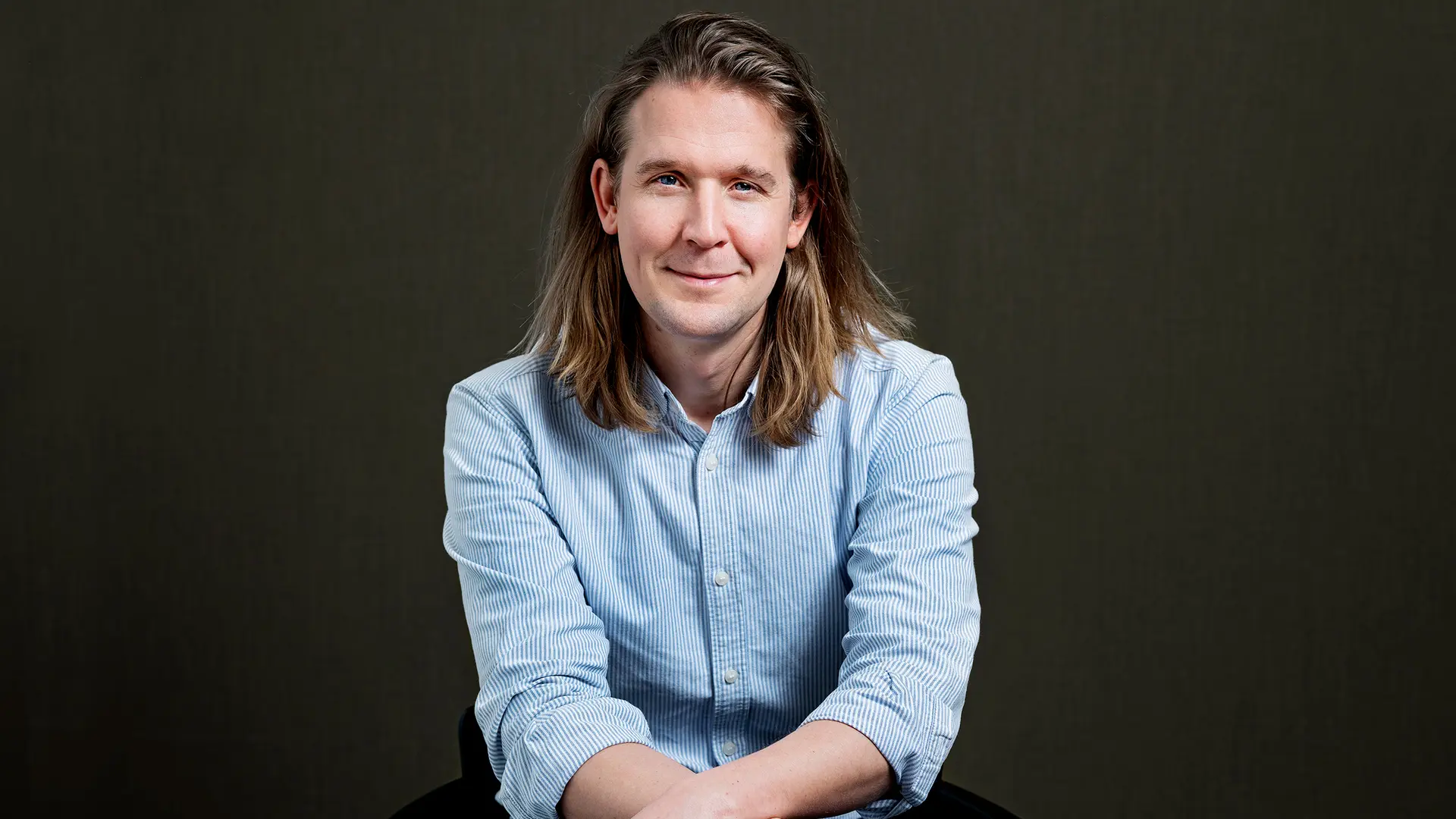Three ideas. Three scales: The issues that will define our future

Given that buildings and construction together account for nearly 40% of total energy-related CO2 emissions, it is perhaps more essential in our industry than anywhere else to identify the change we expect, need, and want to see. Jakob Strømann-Andersen sets the scene and lays out the questions we need to ask to craft a more resilient future.
It's said that the only constant is change – a platitude architecture is forced to embrace with particular and ironic distance. The typical project timeline, from concept to construct, is one that takes years - meaning that, at any given moment, we are working with one foot in the past and one headed for the future.
There some changes that we can already see coming, changes whose basic form we know. The rapid information download afforded by data analysis and machine learning (and accompanying privacy debate) that will fundamentally alter social interaction, the advances in transportation and social technologies (driverless cars and increased drone capabilities) that will change how we move through the world – these things are clear. But there are the changes that, even though we know are coming, are impossible to anticipate with any certainty. We’ve been collectively informed about the inevitability of pandemics for decades now, and even with data pointing to this specific moment in time, the reality of this experience was wholly unpredictable - not to mention the lessons we will individually and collectively take from it.
The same is true of the defining issue of our future: climate change. We know massive change is coming. But the reality of what that may look like - as it has with coronavirus, that will be harder to predict. The upheaval climate change will bring will touch every sphere of our lives: environmental, social, technological, cultural, economic, urban….Sustainability as a longevity mindset is essential to protect them all. The challenge will be felt most keenly by cities.
By 2050, the world’s population is expected to exceed 10 billion. The vast majority number of that will be concentrated in urban areas, making cities one of the most pressing issues of our present and future. So what are the issues – and the questions – that we need to hone in on to craft the healthiest future for us all?
1. The most sustainable building is the one that doesn’t get built
The simplest and most impactful issue to consider regarding climate change is that the most sustainable building is the one that doesn’t get built. At its core, sustainability is about extending the longevity of the items we already have, so refurbishment will be increasingly essential. It saves not only time and money, but eliminates/reduces waste generated in the building and demolition processes.
This requires a shift in mindset not just from architects, but from everyone along the supply chain, clients included. At a micro level, the question is “how do we do more with what we already have?” but the real question we need to ask is a systemic one: How do we increase the economic incentive of building to last?
2. The most sustainable city is the one that never sleeps
Building mono-program buildings – that is, a school that is only a school, an office that is only an office – all but ensures that it will only be in use for a portion of the day. Just think of the echoing emptiness of central business districts at weekends.
What a waste! The future city has to be one where buildings don’t sleep (or at least sleep less), evolving through the day to suit the needs of different users at different times. This will be made possible in part by big-data, which we can leverage to identify opportunities for reuse and reinvention – certain industries already use this kind of data for planning in a more clinical sense, but how can we leverage it in design? Crucial elements for us to consider include walkability, accessibility, the integration of different cultures and communities, and fluctuating usage levels at different times. How much more green space could we all enjoy if we used our built space more effectively?
3. The most sustainable future is one that penalizes over-design
The world needs a seismic change in how we think about and use construction material and digital production technologies. It’s obvious, but this needs to be systematic, not just something championed by individuals: instead of devastating forests, beaches, and riverbanks, we should all be reusing, recycling, and upcycling what would otherwise be wasted. The excess we see today occurs because there's currently no penalty for over-design, encouraging designers and engineers to err on the side of safety and aesthetics over material efficiency.
How much progress could be made against climate change if we changed our practices systemically, not just individually?
Within these questions, within these topics, there’s opportunity for change. But it’s also important to keep in mind that the biggest shifts will come from the places we don’t entirely expect. Forecasting builds from the data we have in front of us – so if we change our systems and approaches, that predictability disappears.
So what's next?



